A One-of-a-Kind Singer: Junko Ohashi
Junko Ohashi, a vocalist from Hokkaido, took the Japanese music scene by storm with her extraordinary vocal prowess, which was unlike anything seen before. Her voice, effortlessly reaching unprecedented high notes, captivated audiences.
At the time, many Japanese female vocalists relied on powerful shouts to hit high notes, emphasizing vocal intensity. However, Junko Ohashi was different. She could reach soaring high notes with remarkable ease, without resorting to shouting, allowing listeners to enjoy her music without any sense of strain.
This unique vocal quality gave birth to a new style of pop music in Japan.
A Sophisticated Musicality That Was Not Fully Understood
Today, J-Pop is a well-established genre with broad recognition, but in the 1970s, the term didn’t even exist. At the time, there was a category called "New Music," which bridged the gap between folk and rock.
Junko Ohashi’s music straddled genres—was it "New Music" or "Kayōkyoku" (Japanese pop songs of the era)? While her sound might fit the modern definition of J-Pop, back then, she was primarily categorized as a Kayōkyoku artist.
A Rock-Dominated Music Scene
In Japan at the time, the music scene was largely dominated by hard rock, driven by an eight-beat rhythm. In the Kansai region, artists like Masaki Ueda were pioneering a funk-infused blues sound inspired by the deep, gritty rhythms of American Southern music. This style, though raw, had a hypnotic groove and was supported by highly skilled musicians.
Meanwhile, in Tokyo, sophisticated rhythms, intricate chord progressions, and stylish lyrics—like those found in Junko Ohashi’s music—were still a rarity.
Junko Ohashi’s music was characterized by a strong artistic direction. Professional songwriters and composers were enlisted to craft her songs, while her music incorporated crossover elements blending rock and jazz.
However, at the time, there were few bands capable of executing such a musically sophisticated approach. As a result, her album productions relied on top-tier studio musicians, ensuring the highest level of performance and quality.
My friends also covered songs like Paper Moon and Safari Night, but no one could perfectly replicate the guitar solo in Safari Night. The same was true for the chord cutting in Paper Moon—its complexity made it difficult for most musicians to play flawlessly.
Was Junko Ohashi’s Music Really Kayōkyoku?
Junko Ohashi was a vocalist of exceptional talent. Her high-level music, backed by sophisticated musicianship, was groundbreaking for the Kayōkyoku (Japanese pop) scene.
However, at the time, Japan lacked the musical perspective to fully grasp her artistic concept. As a result, whenever she appeared on TV programs, her music was categorized as Kayōkyoku.
I believe this labeling subtly influenced her career, ultimately leading her to be swept along by the changing tides of the music industry.
■ Recommended Album: PAPER MOON – Junko Ohashi (1976)
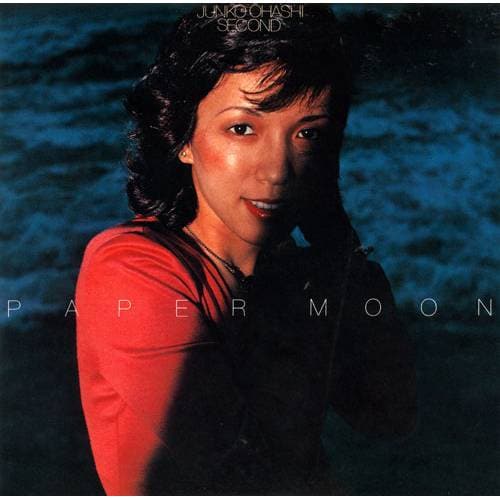
Junko Ohashi’s second album, PAPER MOON, marked a shift from her previous cover album to an original work featuring songs by renowned composers. The lineup included legendary hitmakers such as Kyōhei Tsutsumi, Takashi Matsumoto, and Tetsuji Hayashi.
The album also boasted an impressive roster of first-call musicians, including drummer Shuichi “Ponta” Murakami, bassists Akira Okazawa and Tsugutoshi Goto, guitarists Tsunehide Matsuki, Shigeru Suzuki, and Kiyoshi Sugimoto, as well as keyboardists Jun Fukamachi, Kentaro Haneda, and Mickey Yoshino.
Such a stellar team was necessary to bring Junko Ohashi’s sophisticated musicality and artistic vision to life. The album features several of her early signature songs, including Paper Moon, Kathy no Uwasa, and Sunadokei, making it a significant work in her discography.
Recommended Track: "Paper Moon"
The top pick among Junko Ohashi’s songs has to be Paper Moon. Composed by Kyōhei Tsutsumi with lyrics by Takashi Matsumoto, this track brought together the finest songwriters of the time. On top of that, it featured an all-star lineup of musicians: Shuichi “Ponta” Murakami on drums, Tsunehide Matsuki on guitar, Akira Okazawa on bass, and Jun Fukamachi on keyboards—a powerhouse ensemble (excluding Fukamachi, they were also part of the early Tatsuro Yamashita Band).
Beyond the song itself, the performance is simply outstanding. In particular, Tsunehide Matsuki’s guitar cutting is a masterpiece. The way he constructs the melody line through his cutting in the outro is nothing short of genius—someone please explain how that’s even possible! (laughs) A must-listen for all guitarists!
Shuichi “Ponta” Murakami’s drum fills throughout Paper Moon are also incredibly tasteful, adding a unique flair to the song.
Interestingly, Paper Moon was also the name of a pub located by the railway tracks in Shimokitazawa, known for its delicious dishes like creamy chicken stew. At the time, lyrics set in stylish pubs and restaurants were a popular theme among musicians. Similar examples include Dolphin in Yokohama (A Sea Gazing Afternoon by Yumi Matsutoya) and Penny Lane in Harajuku (Bourbon at Penny Lane by Takuro Yoshida).
Recommended Track: "Kathy no Uwasa"
Composed by Tetsuji Hayashi with lyrics by Takashi Matsumoto, this song was crafted by an iconic songwriting duo. Listening to it now, it has a similar atmosphere to Goban-gai no Marie, but Hayashi’s signature melancholic melody truly stands out.
Junko Ohashi delivers a beautifully restrained vocal performance, highlighting her unique strengths as a singer. The track also features pianist Kentaro Haneda playing an electric harpsichord—specifically, a Hohner Clavinet—which plays a crucial role in shaping the song’s overall mood.
Featured Musicians, Album, and Recommended Songs
- Artists: Junko Ohashi, Shuichi “Ponta” Murakami, Tsunehide Matsuki, Akira Okazawa, Jun Fukamachi, and more
- Album: PAPER MOON
- Songs: "Paper Moon", "Kathy no Uwasa"
The “sound & person” column is made up of contributions from you.
For details about contributing, click here.













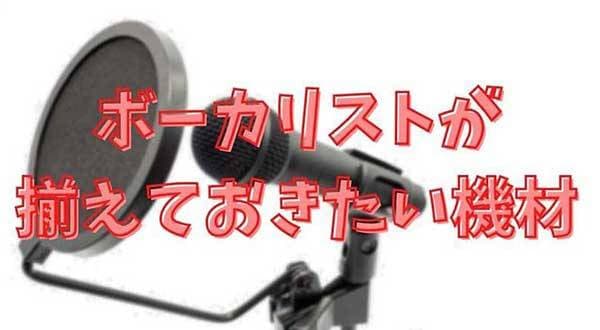
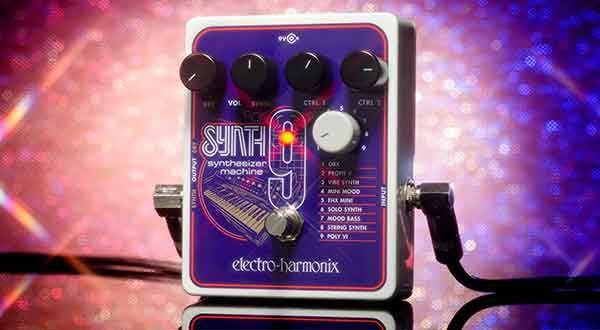
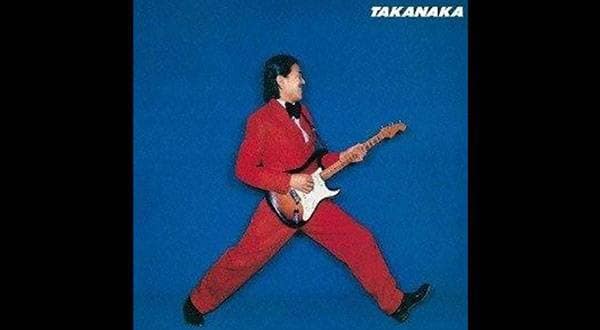
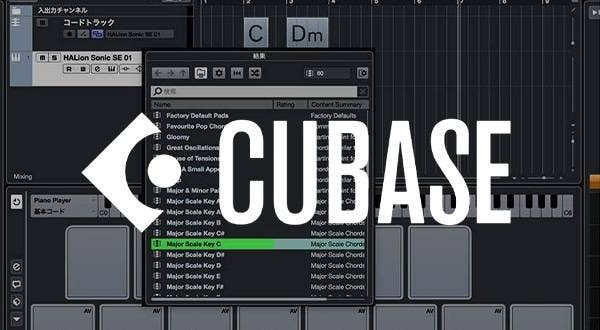
 Sennheiser ボーカルに最適なマイクの選び方
Sennheiser ボーカルに最適なマイクの選び方
 初心者向けUSBマイクの選び方
初心者向けUSBマイクの選び方
 BOSS ボーカル・エフェクターのススメ
BOSS ボーカル・エフェクターのススメ
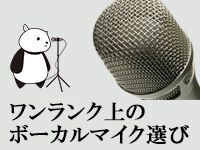 ワンランク上のボーカルマイク選び
ワンランク上のボーカルマイク選び
 キーボードスタートガイド
キーボードスタートガイド
 キーボード・ピアノ講座
キーボード・ピアノ講座















